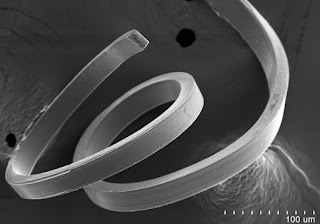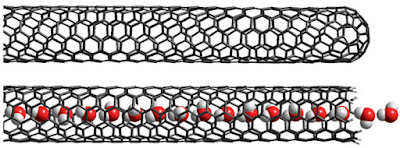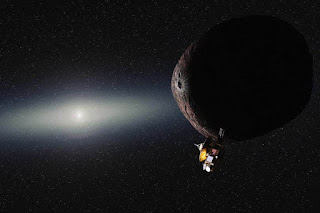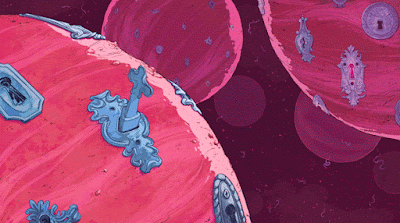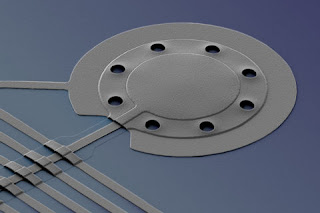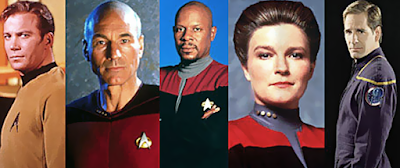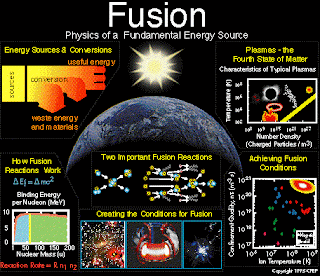 |
| Popular Mechanics (Discovery 1: 2001 - A Space Odyssey): What Would a Starship Actually Look Like? |
Topics: NASA, Politics, Space Exploration, Star Trek
Star Trek was born in the 1960's during counter-culture demonstrations against the Vietnam War; for the Civil Rights Act (1964), Voting Rights Act (1965) and Fair Housing Act (1968). It was a decade of assassinations: Medgar Evers, Malcolm X, Martin Luther King and Robert F. Kennedy. It was an admittedly Pollyannaish futurism with fantastic technologies beyond the capabilities of our physics likely now and in the near future. From my perspective as an African American and a budding science nerd, it was a hope beyond the fear of nations annihilating each other, and that we'd stop fretting like paranoid, prehistoric Neanderthals over the magical powers of Melanin.
A recurring theme from old to new Trek is Native Americans. In Kirk's timeline, they were excavated from Earth by the aliens called the Preservers, resulting in temporary amnesia for James T and a stoned (the rocks kind) pregnant wife.
In the Next Generation, Picard met a tribe that left Terra on their own in the 22nd Century, using the fantastically impossible warp drive because we hadn't gotten to the Utopia of a United Federation of Planets. Ironically, they were again being asked to move, this time from a contested colonial planet between Federation and Cardassians.
Chakotay is described as a starfleet tactical officer, Maquis terrorist and Native American descendant: A renaissance man of sorts in the 24th Century. The Next Gen tie-in was his father died defending their home world on the same Cardassian outpost. As with a lot of Trek stories, his father would talk to him on vision quests in his often expressed Mayan spiritual traditions (i.e. no one ever really dies).
Boomers in the 22nd Century were people that lived most of their lives in space, many of them people of color as evidenced by Ensign Travis Mayweather.
Lastly, in the novel Federation, Zephram Cochrane apparently released the plans for warp drive on the Internet: for the low price of $50,000 (which I assume covers radiation shielding) you too would go faster-than-light to (presciently) Alpha Centauri.
The Venn Diagram of the three previous examples I've given is a suggested departure, an Exodus from Mother Earth to a kind of Elysium without dying. The former Native Americans carried with them their culture and traditions as I'm sure Mayweather and his family carried theirs. Perhaps Roddenberry and subsequent writers were suggesting a social pressure for Earthlings to finally listen to their better angels, kind of a societal potty-training (embarrassment can be an effective motivator).
It occurred to me: what if we COULD voluntarily leave? At one-tenth the speed of light (0.10 c) would involve time dilation, so for every year on your starship several years (if not decades or centuries, depending on the destination) would pass on Earth. Whatever problems you experienced with say, discrimination and xenophobia (traffic tickets, or worse) would be consumed by considerable distance and time. What would be the reaction of "powers that be?" A backlash, perhaps? "Legal" blocks put in to keep humans planet-bound, preventing pilgrims to the stars on an "over-ground railroad?" It's hard to reinforce a hierarchical society of implicit bias and income inequality when The Untouchables (traditional and figurative) decide to leave the planetary caste system.
We are bound by our own terrestrial limits and tribal prejudices. We are stymied by our fears of the unknown; of "the other"; of facts that don't comport to our preconceived notions and beliefs. Lacking critical thinking and reasoning skills, we violently fight the unknown, the only outcome being the eventual destruction of that which is feared, or self-destruction by one's own fears.
Spaceflight is not trivial: radiation (as I've mentioned), lack of gravity causing muscle deterioration and mineral loss from bones; long-term weightlessness seems to result in nearsightedness in astronauts on the ISS. Not to mention: food, and bathrooms (delicately, someone's going to have to figure out how to have sex in less than 1 g). Near-miraculous technologies like 0.10 c propulsive acceleration, rotating habitats to simulate gravity and adequate radiation shielding have yet to be created. Such design breakthroughs require an environment a little less hostile to science and facts as I'm currently observing in the US.
The need for the overview effect on an extensive, massive scale, seeing ourselves teamed to survive even as close as Mars, or mining the asteroid belts. Space programs such as that of a starship or interplanetary engines requires cooperation across borders and economies; across cultures and religious differences. It's hard to war with the other when the same shared goal is surviving to the next day.
Currently, homophobia, racism, sexism, xenophobia (translate: fear, the bedrock of hierarchical, caste-based societies) and consumer driven, cronyism-rewarding technology is threatening the continued existence of the species.
A visible hope: I had meant to complete "Invisible Man" by Ralph Ellison last Friday during my fast from the inaugural festivities. My small stance seemed to have contributed an effect.
At a local restaurant, I was reading the book waiting for my meal in front of a gas-powered fireplace, decorated with the head of a buck, the portrait of a couple (likely, the owner-founders); a fireman's cap, a safety cap, waffle iron and snow shoes.
A gentleman was sitting with who appeared to me his father and son, three generations enjoying a late breakfast at Cracker Barrel. He noticed my book and it sparked a conversation: I found out he had read the book, loaned to him by his best friend. He raved about it, describing details from the first part of it only someone who had read it would know (specifically, New York fight clubs). At his friend's untimely death at 26, he found a photo of he and his friend in Prague inside the pages. He described his cherub, blonde son as a "miracle baby": he and his wife had tried to adopt 3 times unsuccessfully. His wife was finally pregnant, long enough for his mother to see his son's "bump." She died two months before he was born. I told him how old my adult sons were and to enjoy his. All this from a book I neglected to finish last week. I'm glad I didn't and appreciative of the human connection it fostered. I plan to complete it this week. The hard copy of "1984" is currently out-of-stock on Amazon. As apropos as it is, I recommend this and other classics as we grope through this current darkness.
Earth and Vulcan apparently survived their fictional world wars and flights of emotion and irrationality that led to them. An initial Exodus (Earthlings to Centauri; Vulcans to Romulus) pushed their fictional societies towards an overview enlightenment.
But things only happen perfectly in Star Trek, such that life may NOT imitate art.
